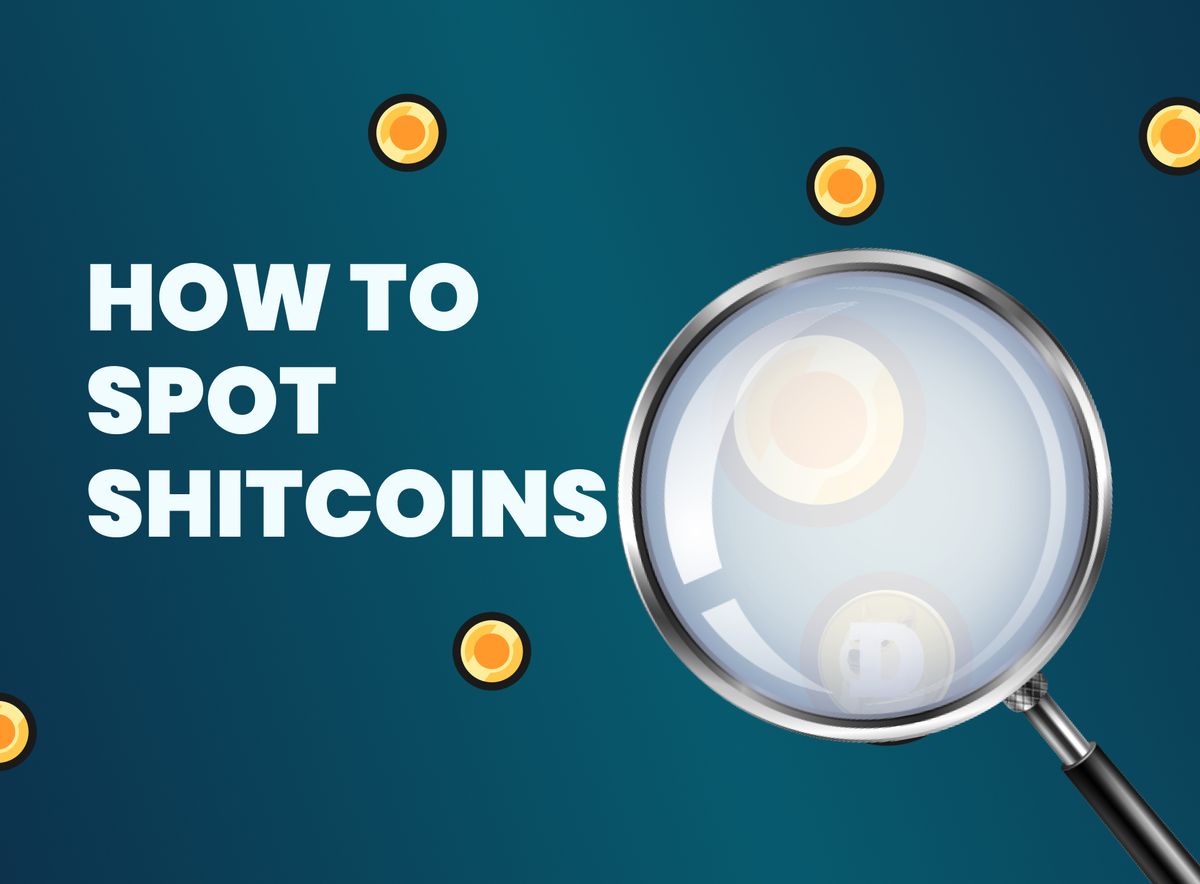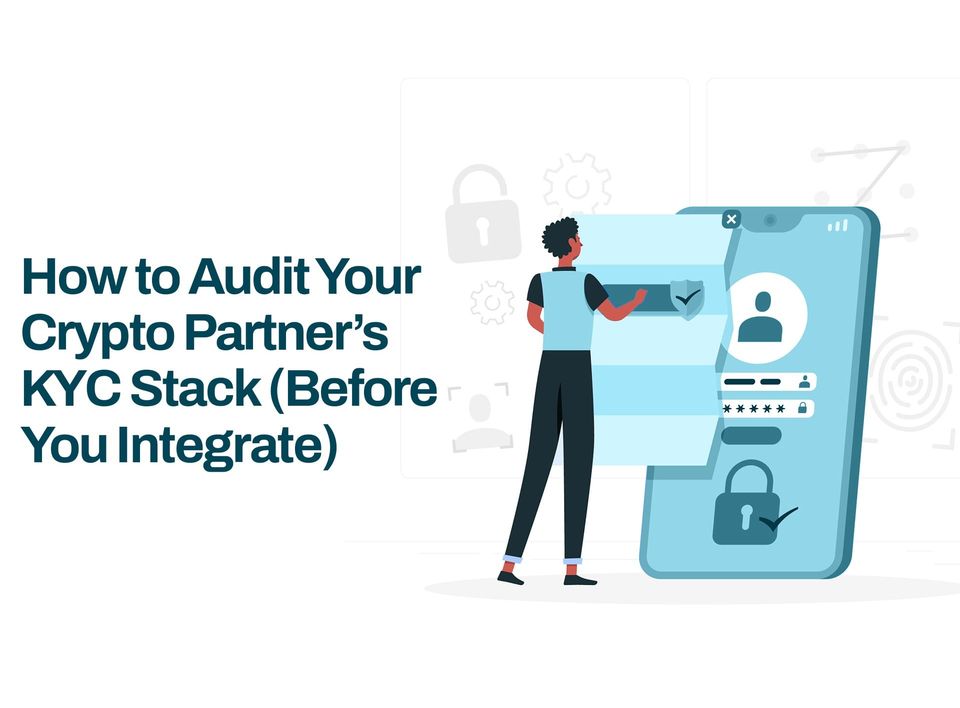How to Spot Shitcoins: 5 Red Flags For Every Trader
Learn how to identify shitcoins with these 5 major red flags and protect your investments from worthless or risky projects.

Squid Game is one of Netflix's most successful shows. As a matter of fact, it is Netflix's highest-watched series.
Following its release on September 17, 2021, it became the top-viewed program in 94 countries and trended on social media for weeks after.
What does Squid Game have to do with crypto other than that the current bear market feels like that Red Light, Green Light Episode?😪
The answer is an unfortunate trinity of shitcoin shilling, rug pulling and investor losses.
In the 3rd week of October 2021, a new cryptocurrency called Squid Game coin (SQUID) was released. It was marketed to the public as a play-to-earn token inspired by the Squid Game.
The coin was not affiliated with the Netflix show but rode on the wave and hype to pull investors. And it worked. By October 29, the SQUID token price rose from $1 to $4.39. The coin price experienced a massive rise on November 1, going from $38 to $2,862.
Despite cryptocurrency's renowned volatility, this price increase was a significant red flag for a barely two-week-old coin. And this was proven when 15 minutes after SQUID hit $2,865; it fell to $0.
Within that 15-minute window, an anonymous group had supposedly "crashed" the company, sold all shares and disappeared with $3.4 million.
🤔What happened after this rug pull?
Binance blacklisted the developers' addresses, and an investigation was announced. The investors have still not recovered their money and likely never will.
SQUID coin is a perfect example of a shitcoin or scam coin.
Unfortunately, the crypto market is chock full of these types of coins and tokens. Every other day, another shitcoin is released, and traders begin the cycle of losing their money again.
This article is a guide for traders and investors on how to spot Shitcoins and the red flags to watch out for.
What are Shitcoins?
A shitcoin is a cryptocurrency with little or no value that serves no useful or defined purpose.
Shitcoins became popular after Bitcoin became mainstream.
However, they are not to be confused with Altcoins like Ethereum and Solana, which have defined utility and clear value.
5 Ways To Spot Shitcoins
Most shitcoins have no practical use; hence there's no genuine demand for them. These coins use hype, FOMO (Fear Of Missing Out) and deceptive marketing to attract investors before "stealing" investor funds.
Here are five red flags and ways to identify Shitcoins:
1. Unrealistic promises of Return on Investment (ROI)
Money doubling is a scam as old as time, and it has settled into the cryptocurrency market since Bitcoin became mainstream. If the team behind a coin or token promises to multiply 1000x the amount of money you invest, that's a surefire red flag. It can seem like a nice way to "cash-out", but the odds of you making that money before the rug is pulled out from under your feet are not worth it.
Essentially, the "if it's too good to be true, it probably isn't" cliche holds particularly true for crypto projects whether you are considering investing in a token, an NFT, a DAO or a Defi project.
2. Closed-off Social Media Group
If you join a Telegram or WhatsApp group meant for investors of a particular token where no one but the admins can send messages, that's a bright red flag. Similarly, if there's no reliable customer support, you might be dealing with a shitcoin project.
A genuine cryptocurrency team lets investors and interested traders make inquiries and responds to those inquiries promptly.
Another red flag to watch out for is fake group members and paid coin-hypers.
These people tend to praise the coin in an overly sycophantic manner to create hype and foster some trust. Because, after all, if these many people have positive reviews about the coin, how can it be fake? Never let these reviews con you into investing without doing your research. If anything, it should make you dig deeper.
3. Low-Quality Website and Branding
Branding is a core aspect of marketing and attracting investors. Proper branding takes considerable skill, effort and time. The process is intentional and should show when you look at the project's merch, social media account or website.
Most scammers and shitcoin developers want to make money fast and dip. Hence, they're unlikely to put much effort into the token/coin website and overall branding. Typically, a shitcoin website would have plagiarized content, shoddy design, a stock photo logo and little to no mention of who exactly the developers are. The whole setup would look like a mediocre attempt to lend credibility and mask the shitcoin scam.
However, some scammers do put in the effort to make their websites look professionally made. Ensure you read the token or coin whitepaper to avoid falling for this move. A whitepaper is a document released by the crypto/defi developers outlining the purpose and technology of their project. It explains to potential investors how the project was created and what it is meant to accomplish. Think thrice before investing if the cryptocurrency's whitepaper doesn't satisfactorily explain its concept and utility.
In addition, check out the coin or token's code. Most authentic cryptocurrencies keep their code open source. If the coin or token is not open source, the developers and, by extension, the whole project should not be trusted.
4. No Presale Demo
Suppose the principal use case of a coin or token is a blockchain game, an NFT market or a DApp (decentralized application) or anything that requires linking your wallet or investing funds. In that case, the bare minimum the creators should provide is a demo or beta application.
The demo should show you what the product is and your reward if you invest. Imagine if you were a scammer looking to make a quick buck, you're not likely going to put in the intensive effort to create a demo or beta app to show investors during the presale. Why do that when you can direct those efforts into drumming up deceptive hype for the shitcoin?
5. Unknown/Unavailable Developers
There's a popular meme in the crypto Reddit community that goes:
A trader in a crypto group asks: "Where tf is the dev?"
Response from the crypto group admin: "He's sleeping bro."
As hilarious as this is, what is a more giant red flag than a developer sleeping during the project launch or pre sale peak hours. That's like a student asleep in his room while his final exams are going on.
The founders and developers of the crypto coin or token should have public records of who they are and what they do. If the developers or team behind a new cryptocurrency are unknown or have a dubious-looking online presence, chances are high that the coin will be a liability to your portfolio. Also, a team of people who have shown their faces can be recognised and made to face the consequences if their crypto project turns out to be a shitcoin or scam coin.
To Sum Up
Most shitcoins offer empty promises, low return on investment, and a lot of regrets. These "low-value crypto projects" have burned many people because they believed the investment was a great opportunity. It is human nature to get caught up in the hype, but it is essential to learn to sift through the noise to see what's real or not.
Cryptocurrencies worthy of investment have a solid objective and feasible value for adoption and use. These coins and tokens have better odds of paying off than a shitcoin promising an unrealistic doubling of your investment.
Always do your research before deciding to put money into a crypto project. Look at the whitepaper, the developers, the product and the promotion. If they don't seem authentic, your money is better off sitting quietly in your wallet, far away from shitcoin shenanigans.
Disclaimer: This article was written to provide guidance and understanding. It is not an exhaustive article and should not be taken as financial advice. Obiex will not be held liable for your investment decisions.



